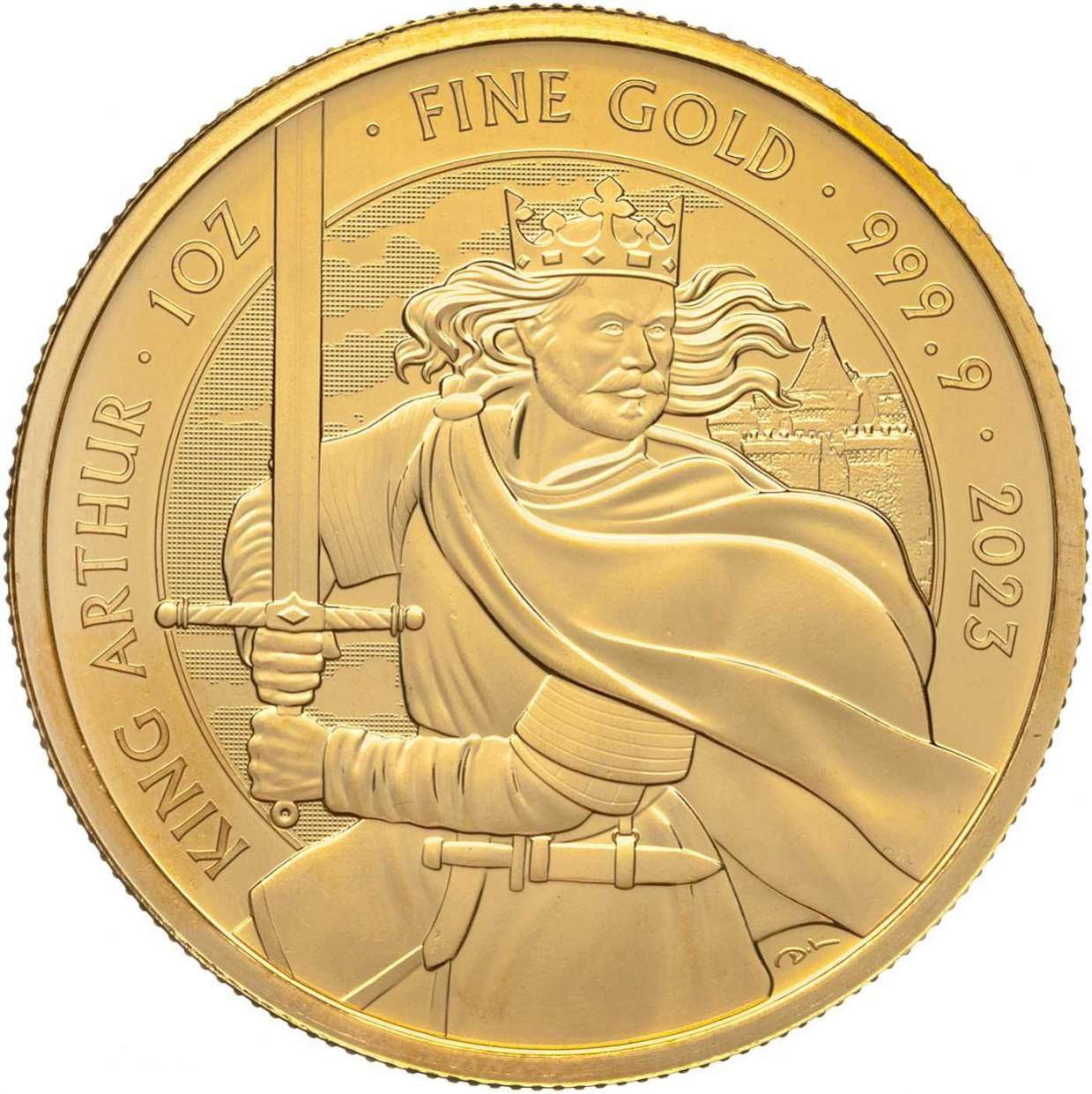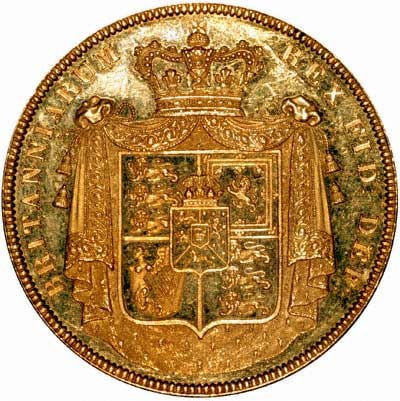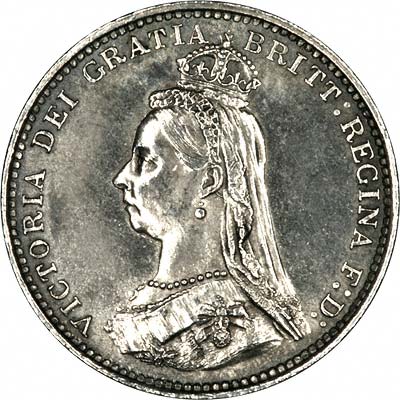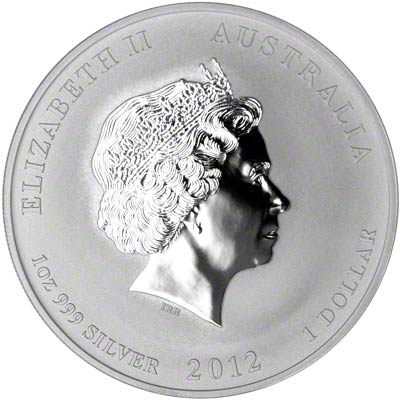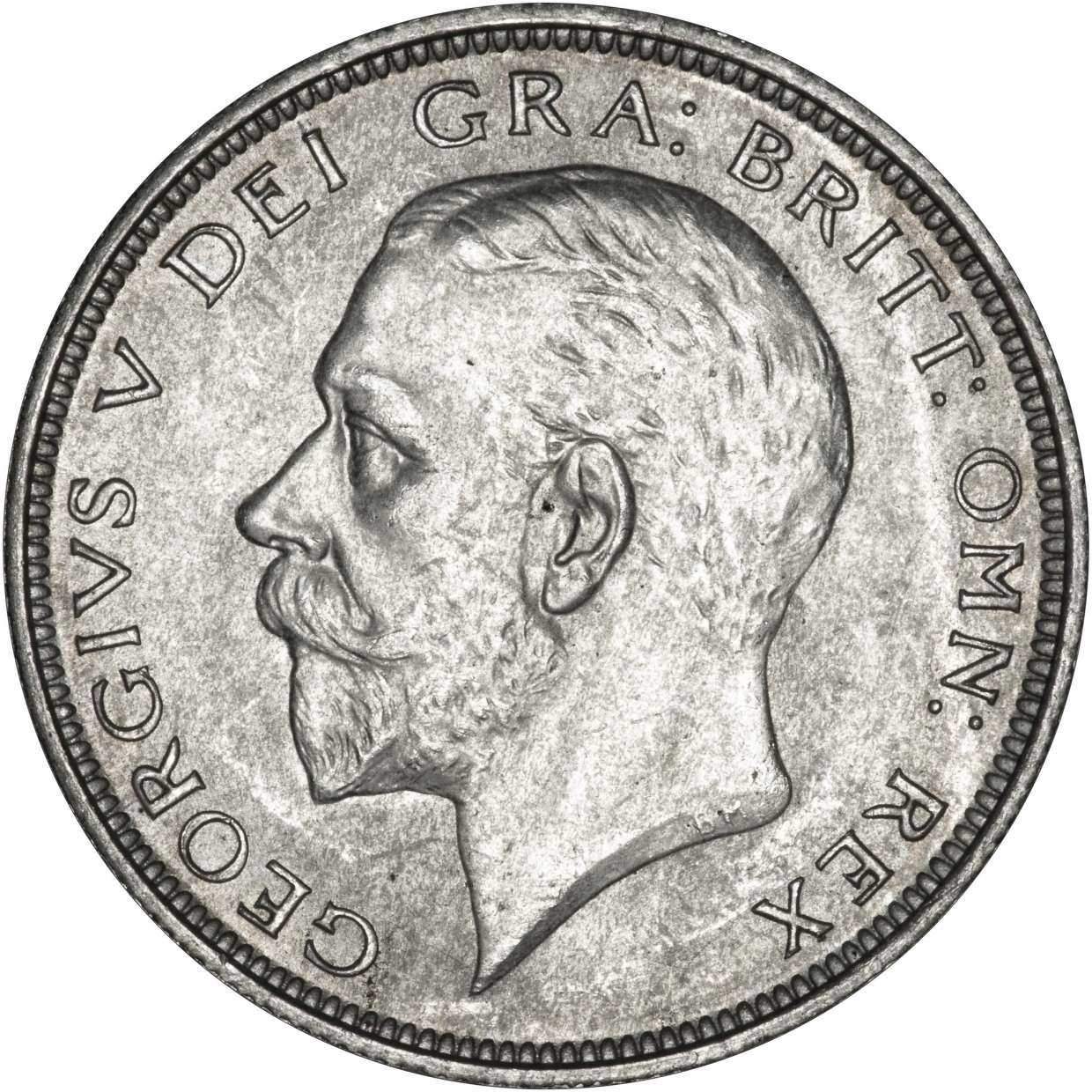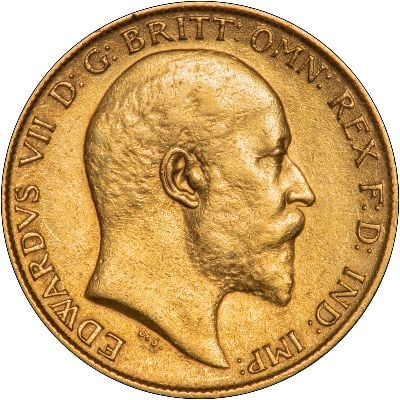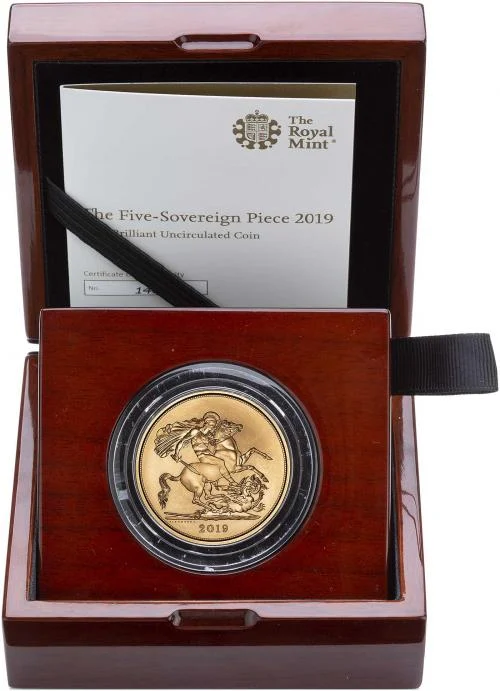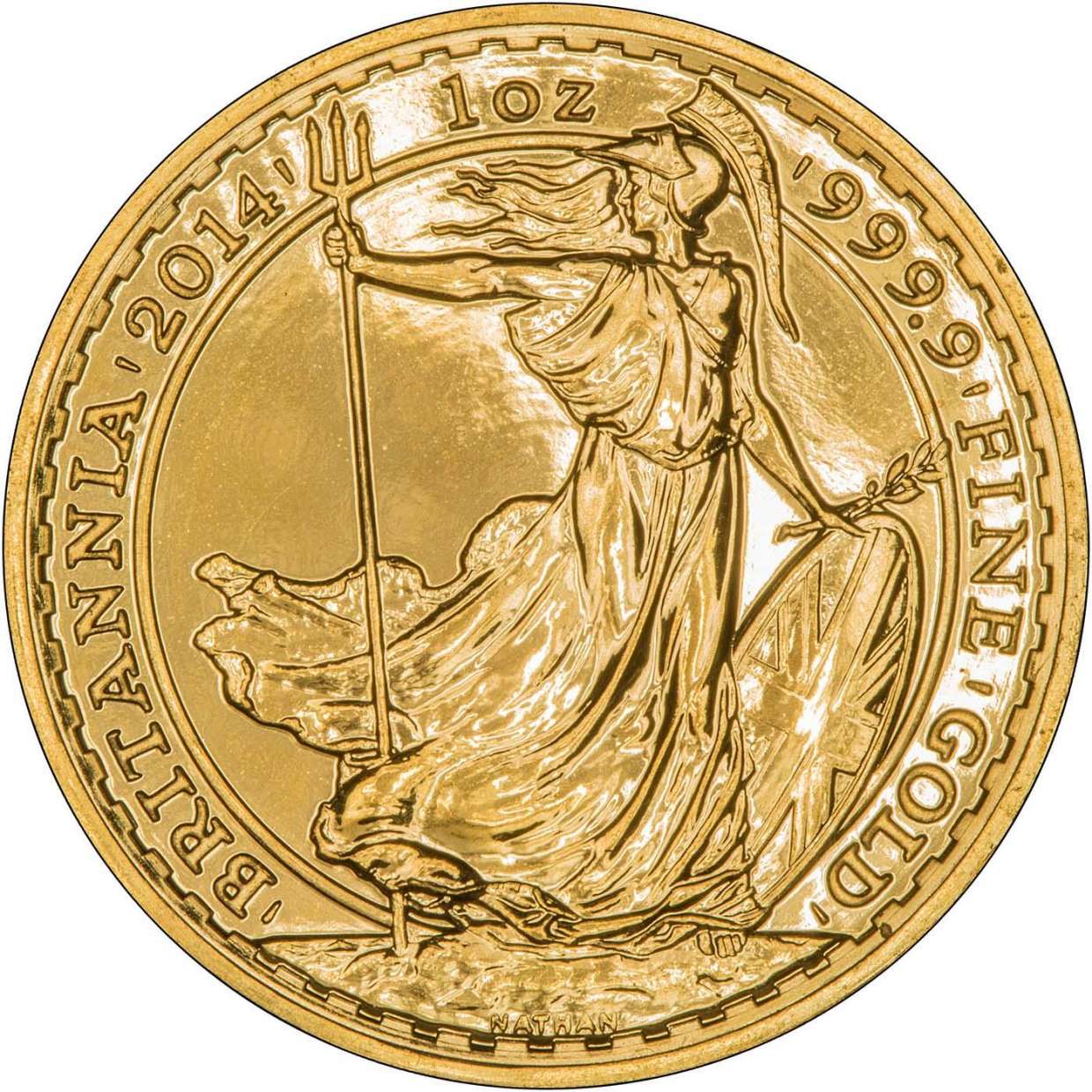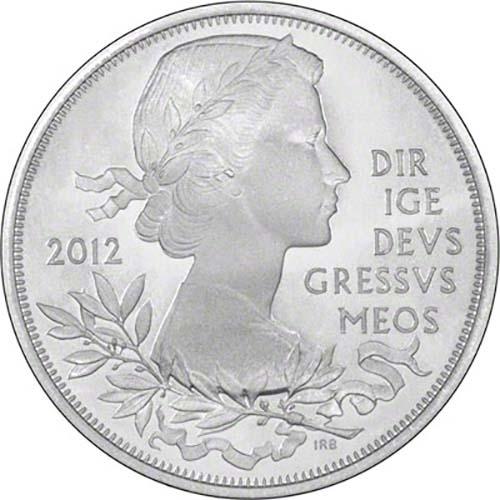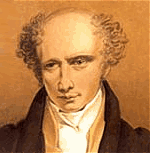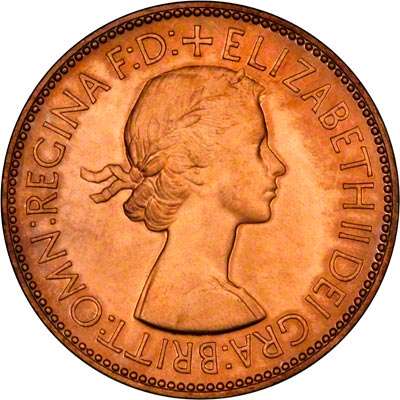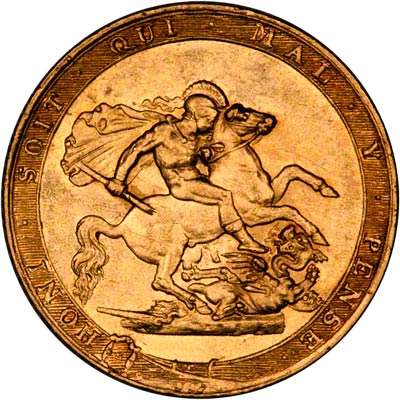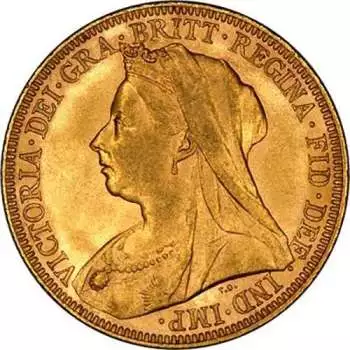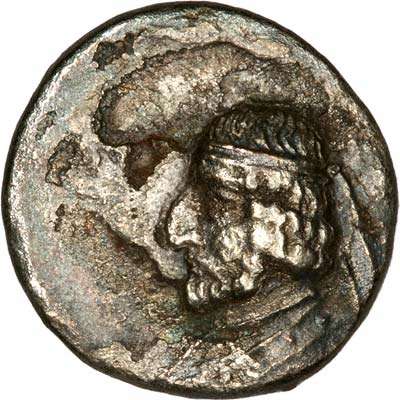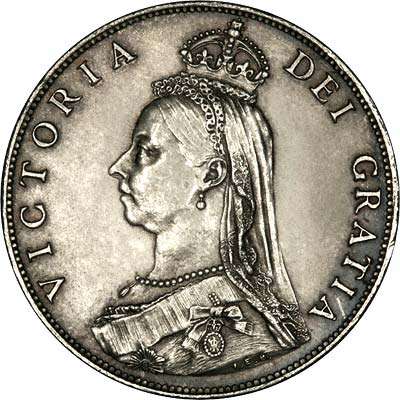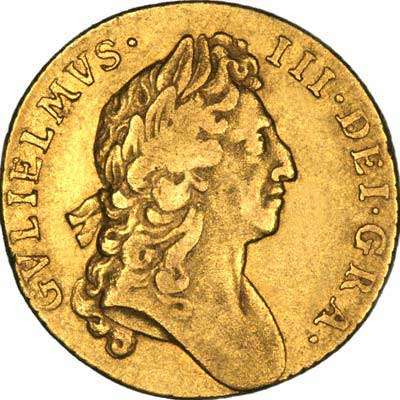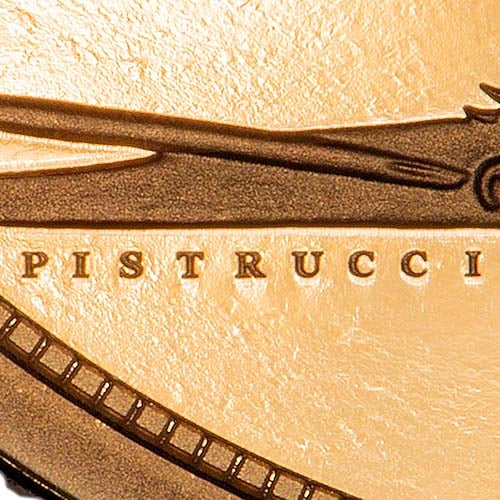Coin Inscriptions
Synopsis
Most coins feature an inscription. Read our blog to find out more about the origin and meanings behind them. Published - October 2017.
In the Beginning.........
Inscriptions first appeared on Chinese and Roman coins around 400BC.
Fast Forward to Inscriptions on British Coins
Among the earliest inscriptions on British coins are the Celtic staters from the mid 1st century BC. Various Celtic tribes produced coinage in a variety of metals including gold, silver, bronze and potin. The majority of staters bear symbols but Cunobelin 'King of the Britons' produced coins which also featured an abbreviation of his name CVNO. Cunobelin ruled most of South East England between 10BC - 40AD, he was known as the 'King of Britons' amongst his people and as 'Britannorum Rex' by the Romans. Shakespeare later used his character in his play, Cymbeline.
However, it was the Roman coins which flooded Britain after their invasion in 43AD that bear the Latin inscriptions that we are familiar with today.
Constantius II, Roman Gold Solidus
Flavius Julius Constantius perpetuus Augustus, Emperor 353–361 AD
FLIVLCONSTAN TIVS PER P AVG - Flavius Julius Constantius perpetuus Augustus
PER P AVG - Everlasting Emperorxt

What is an Inscription?
An inscription refers to any writing engraved on a coin. Whilst it is usually placed around the main design and follows the curve around the coin, it can also feature on the edge of the coin. It is usually used to denote the Emperor, Monarch or leader and will often feature a motto that symbolises the beliefs, ideals or standards that the country wishes to uphold. Abbreviations are used to shorten the text to place as much of the most information as possible onto the coin's surface.
Victoria Old Head Sovereign
VICTORIA·DEI·GRA·BRITT·REGINA·FID·DEF·IND·IMP
Victoria By the Grace of God, Queen, Defender of the Faith, Empress of India
For example, DEI GRATIA (by the Grace of God) is often abbreviated to DG, REGINA (Queen) is shortened to REG or even R and FIDEI DEFENSOR (defender of the faith) to FID DEF or FD.
2016 Elizabeth II Gold Proof Sovereign
ELIZABTH II·DEI·GRA·BRITT·REGINA·FID·DEF
Elizabeth By the Grace of God, Queen, Defender of the Faith
Inscriptions are a useful tool for coin collectors to assist in establishing details and history of the coin.
Languages Used for Inscriptions
Inscriptions on British coins can be in Latin, French, English and Welsh. Languages which have been spoken through our history. Maybe it's time we saw some Gaelic mottos on our modern circulation coins to represent our Irish and Scottish heritage.

Each type of coin, design or denomination may carry similar or very different inscriptions. Issuing monarchs may have requested their own motto's or simply carried forward those already in existence.
1848 Victoria 'Godless' Florin
The first decimal coin - ONE TENTH OF A POUND
This silver coin caused a furore when Dei Gratia" By the Grace of God was left off the obverse
After the Roman's Latin influence, William the Conqueror brought the French language to Britain in 1066. Whilst Latin was the language of the academics and religion, the French language was associated with the noble classes, affluence and a sense of culture. Probably, the most famous French inscription on a British coin is the 1817 George III Sovereign which was introduced after a huge reform of British coinage. The sovereign bears the inscription HONI SOIT QUI MAL Y PENSE which translates to "Evil be to him who evil thinks thereof". This inscription is also the motto for The Order of the Garter, a most noble order which is associated with chivalrous acts and honour.
1817 First "Modern" Sovereign
George III (1760 - 1820) - "The Mad King"
Honi Soit Qui Mal Y Pense - Evil Be To Him Who Evil Thinks Thereof
200th Anniversary of the Modern Sovereign
2017 marks the 200th Anniversary of the Modern Sovereign. The 2017 gold proof sovereign has been issued with a modernised version of Benedetto Pistrucci's original St George and the Dragon engraving set inside a wide garter with the motto "HONI SOIT QUI MAL Y PENSE".
Coin Error? Is the Inscription Upside Down?
We are often asked about inscriptions on pound and two pound coins. If a circulation coin with an edge inscription is an error if it is upside down? We would say that in 99.9% of cases, it is not. The edge inscription is rolled onto the coin before the obverse or reverse has been struck. As hundreds or thousands, if not millions, of coins are minted, invariably coin blanks can fall into the minting press either up or down.
There are some famous errors on the edge inscription - the 2005 Guy Fawkes Gunpowder Plot two pound coin and the 2007 Abolition of Slavery two pound coin.
In 2005, the inscription around the edge of the two pound coin issued to commemorate the 400th Anniversary of the Gunpowder Plot was REMEMBER REMEMBER THE FIFTH OF NOVEMBER. However, a number of coins were struck with PEMEMBER PEMEMBER THE FIFTH OF NOVEMBER.

2005 £2 Coin Issued By The Royal Mint
400th Anniversary of the Gunpowder Plot Two Pound Coin
"PEMEMBER PEMEMBER THE FIFTH OF NOVEMBER"
In 2007, The Royal Mint struck a silver proof two pound coin to honour the 200th Anniversary of the Abolution of the Slave Trade. The correct inscription is AM I NOT A MAN, AND A BROTHER but a number of the coins were struck with the edge lettering UNITED INTO ONE KINGDOM. This quote is from the 2007 300th anniversary of the Act of Union Between England & Scotland two pound coin.
Our Top Five Coin Inscriptions
There are so many to choose from but these are the team's favourite inscriptions on coins:
- STANDING ON THE SHOULDERS OF GIANTS
- HONI SOIT QUI MAL Y PENSE
- PAX MISSA PER ORBEM
- IN GOD WE TRUST
- THE LAMPS ARE GOING OUT ALL OVER EUROPE
Let us know if we've missed your favourite out.
Related Blog Articles
This guide and its content is copyright of Chard (1964) Ltd - © Chard (1964) Ltd 2024. All rights reserved. Any redistribution or reproduction of part or all of the contents in any form is prohibited.
We are not financial advisers and we would always recommend that you consult with one prior to making any investment decision.
You can read more about copyright or our advice disclaimer on these links.







